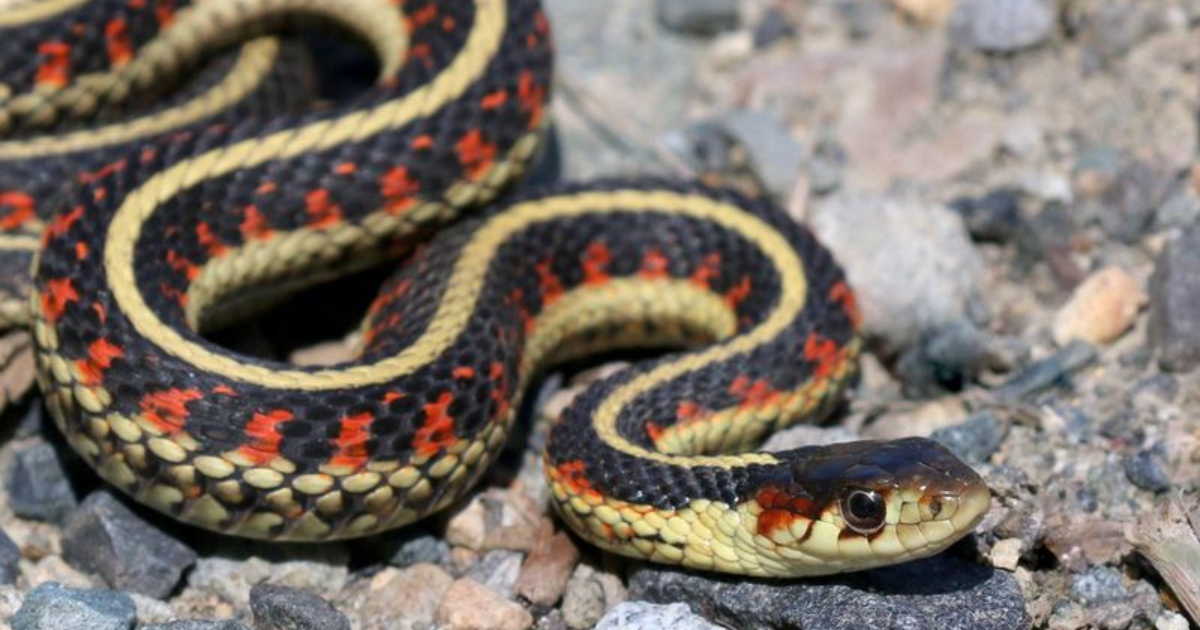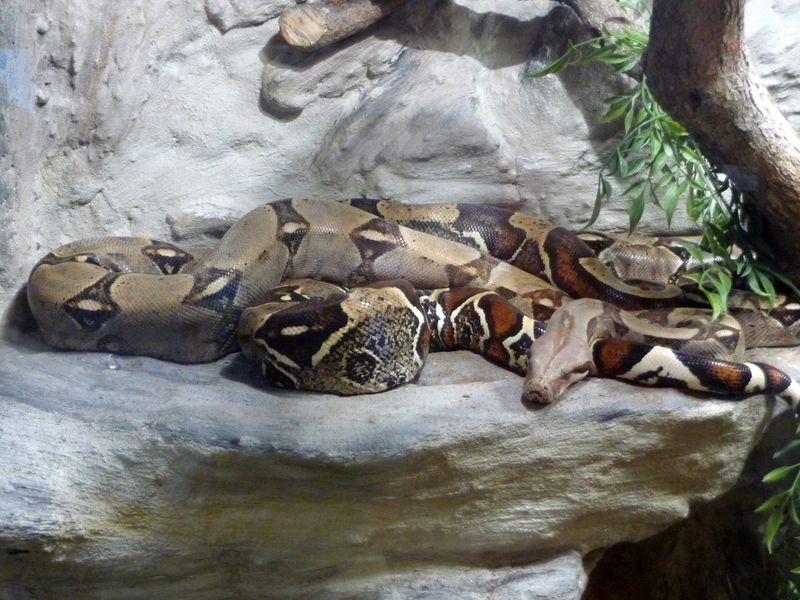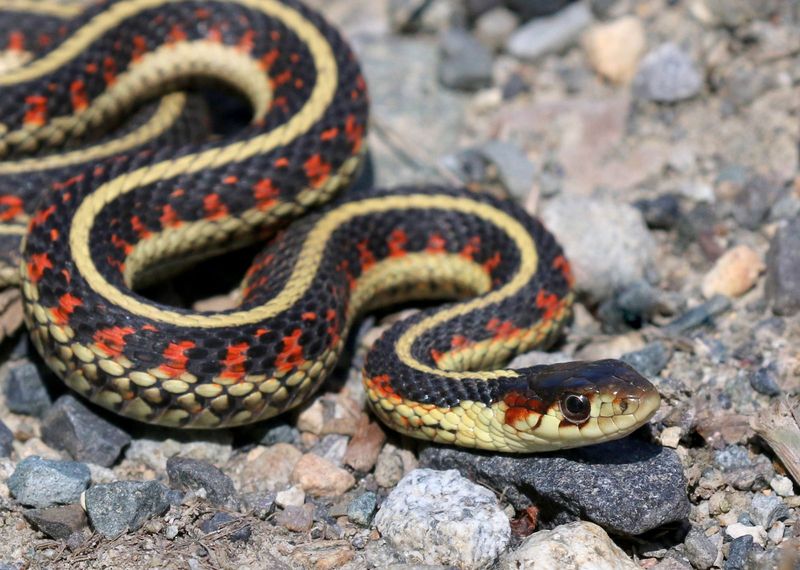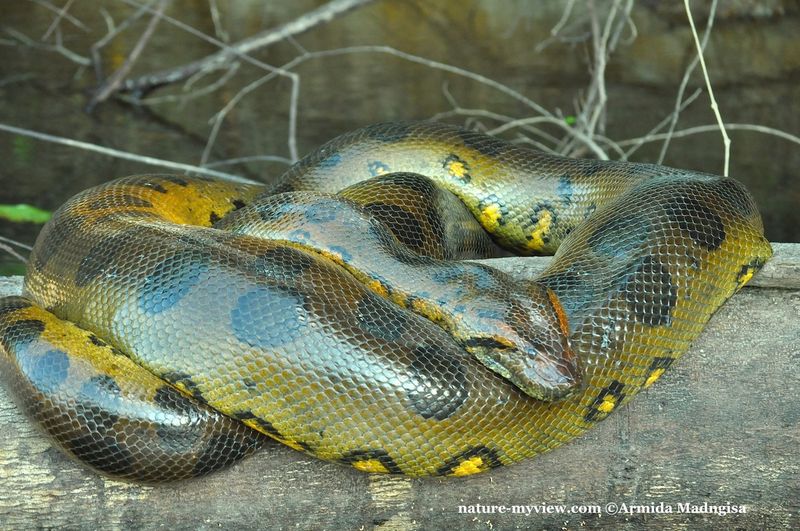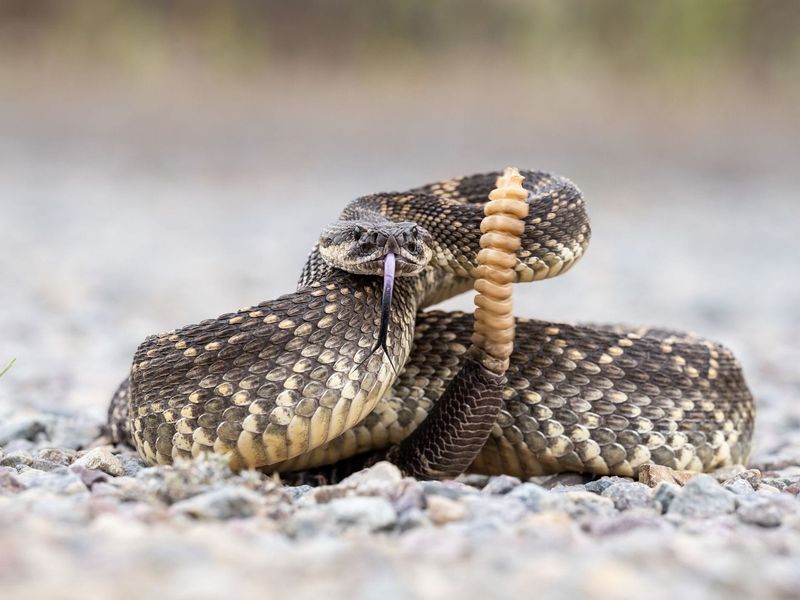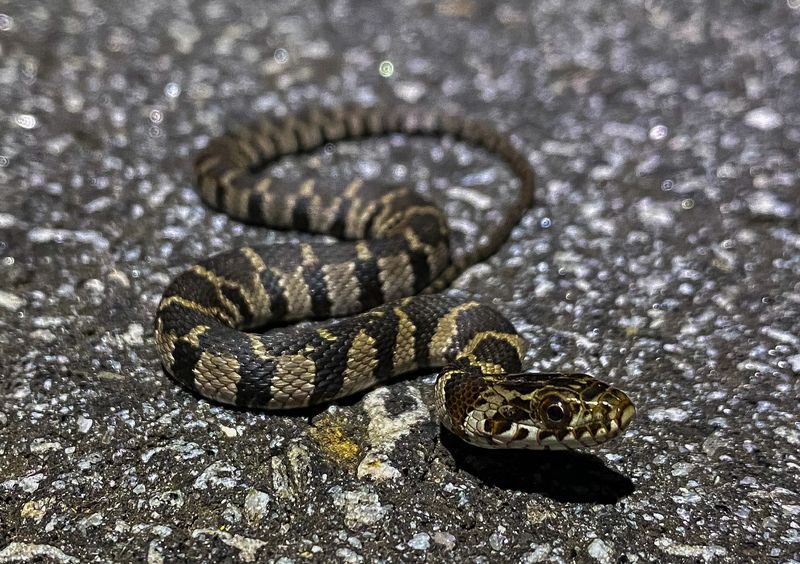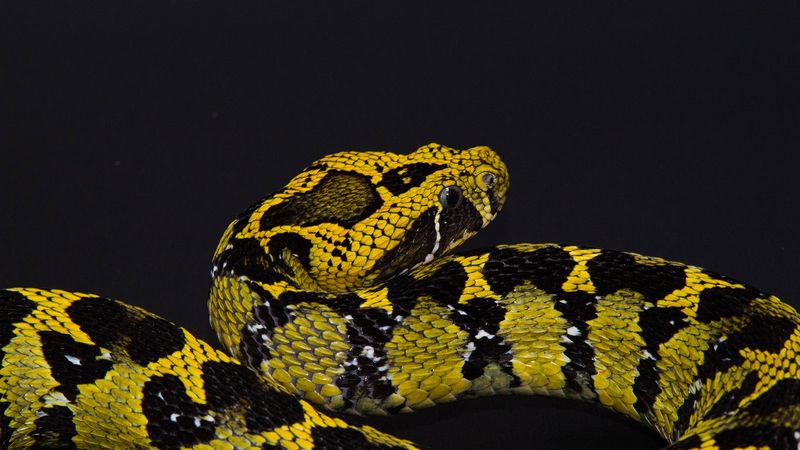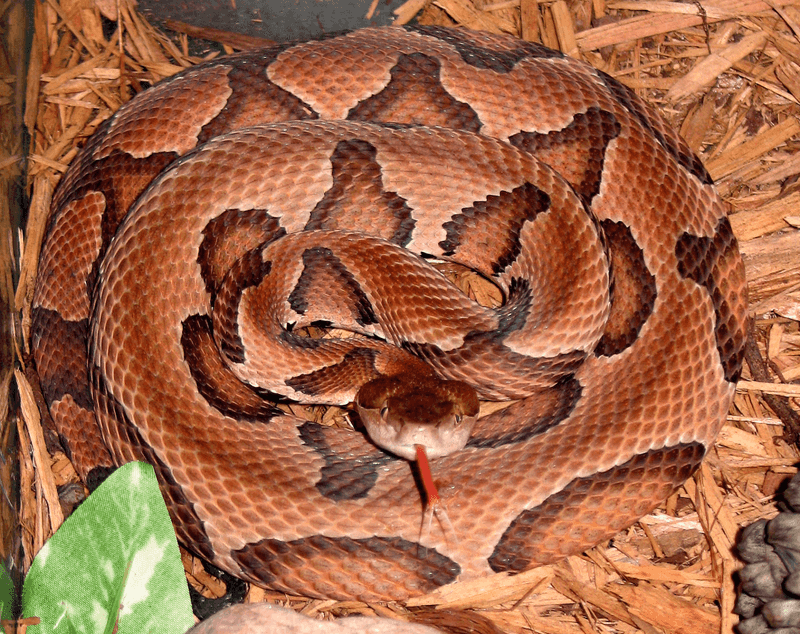📖 Table of Content:
When you think of snakes, you probably imagine them coiled around a clutch of eggs, patiently guarding their offspring. But did you know that not all snakes rely on eggs to bring their young into the world?
In fact, some incredible species give live birth, bypassing the egg-laying process entirely. Known as ovoviviparous or viviparous snakes, these fascinating creatures have adapted unique reproductive strategies that set them apart in the animal kingdom.
In this article, we’ll dive into the lives of eight remarkable snakes that deliver their young in this extraordinary way. From the icy reaches of high-altitude terrains to the depths of dense forests, these species demonstrate how diverse and adaptable snakes can be.
1. Boa Constrictor
The Boa Constrictor is not just famous for its impressive size, but also for its unique reproductive method. Unlike many snake species, the Boa Constrictor gives birth to live young, a process known as ovoviviparity. This means that the eggs develop and hatch inside the mother’s body, providing the young with a greater chance of survival in their early stages of life.
Native to tropical rainforests, the Boa Constrictor can be found in a variety of environments, from arid deserts to lush jungles. This adaptability also extends to its diet, which includes birds, mammals, and occasionally reptiles. The boa’s ability to thrive in diverse habitats is part of what makes it such a successful and widely distributed species.
In terms of behavior, these snakes are generally solitary and nocturnal. Their impressive ability to constrict prey by coiling around them makes them formidable predators in their natural habitat.
2. Garter Snake
Garter Snakes are among the most common snakes found across North America, celebrated for their vibrant stripes and adaptability. These snakes give live birth to ensure their young have a higher survival rate, especially in cooler climates where eggs might not incubate successfully.
Highly adaptable, Garter Snakes inhabit a variety of environments, including woodlands, fields, and marshes. Their diet is equally varied, consisting of amphibians, small fish, and invertebrates. This versatility in habitat and diet is a testament to their evolutionary success.
Garter Snakes are known for their mild temperament, making them a favorite among snake enthusiasts. They play a crucial role in controlling pest populations, demonstrating their ecological importance. Their live-bearing nature is just one of the many fascinating aspects of these remarkable snakes.
3. Anaconda
The Anaconda, often hailed as the world’s heaviest snake, is a true marvel of nature. These giants of the snake world are found primarily in the swamps and rivers of the Amazon basin. Like other boas, anacondas give birth to live young, an adaptation that suits their aquatic lifestyle perfectly.
Anacondas can grow to incredible sizes, with some individuals reaching lengths of over 20 feet. Their massive size and strength enable them to hunt a variety of prey, including fish, birds, and even large mammals. This makes them apex predators in their ecosystem.
Despite their formidable reputation, anacondas are not typically aggressive towards humans unless provoked. They play a vital role in maintaining the balance of their ecosystem. Observing these magnificent creatures in their natural habitat is a memorable experience, highlighting the awe-inspiring diversity of life in the Amazon.
4. Rattlesnake
Rattlesnakes are renowned for their distinctive rattle and potent venom, but another fascinating aspect of these snakes is their live-bearing nature. Found across the Americas, rattlesnakes give birth to live young, a strategy that aids their survival in the wild.
These venomous snakes are often found in arid environments, such as deserts and scrublands. Their diet typically consists of small mammals, birds, and reptiles. The rattle, located at the end of their tail, serves as a warning to potential predators.
Rattlesnakes play a crucial ecological role by controlling rodent populations. Their venom, while dangerous to humans, is also a subject of medical research for its potential therapeutic uses. While their reputation might evoke fear, rattlesnakes are an integral part of their natural habitats.
5. Sea Snake
Sea Snakes are unique among snakes due to their fully aquatic lifestyle. Found in warm coastal waters, these snakes have adapted to marine life in fascinating ways, including giving birth to live young. This adaptation is crucial for offspring survival in the oceanic environment.
These snakes possess specialized lungs that allow them to stay submerged for extended periods. Their diet mainly consists of fish and eels, which they capture with their potent venom. Sea Snakes are known for their vibrant colors and patterns, which serve as both camouflage and warning to potential predators.
Despite their venomous nature, Sea Snakes are generally not aggressive towards humans. They are an essential part of marine ecosystems, contributing to the balance of species. Observing these graceful creatures in their natural habitat offers a glimpse into the wonders of ocean life.
6. Water Snake
Water Snakes are adept swimmers found near fresh waterways, such as rivers and lakes. These snakes are viviparous, giving birth to live young instead of laying eggs, which provides an evolutionary advantage in unpredictable environments.
They primarily feed on fish and amphibians, using their keen senses to hunt in aquatic settings. Water Snakes are often mistaken for venomous species, but most are harmless to humans. Their presence indicates a healthy aquatic ecosystem.
These snakes exhibit varied coloration and patterns, allowing them to blend seamlessly into their surroundings. Their adaptability to different water bodies makes them resilient survivors. Water Snakes are an important part of the food web, helping to control fish and amphibian populations, thus maintaining ecological balance.
7. Viper
Vipers are a diverse group of venomous snakes known for their long, hinged fangs and potent venom. These snakes give birth to live young, a reproductive strategy that enhances the survival of their offspring in varied environments.
Found in habitats ranging from deserts to rainforests, vipers have adapted to numerous ecological niches. Their diet typically includes small mammals, birds, and occasionally insects. The viper’s venom is a powerful tool for immobilizing prey and deterring predators.
Despite their fearsome reputation, vipers play a critical role in controlling pest populations. Their presence in an ecosystem is indicative of a balanced food chain. Observing vipers in their natural habitat reveals their remarkable adaptations and the intricate beauty of their scaly forms.
8. Copperhead
Copperheads are well-known for their distinctive copper-colored heads and hourglass patterns. These snakes give birth to live young, a trait that aids their survival in the wild. Found in wooded areas and rocky terrains, copperheads are masters of camouflage.
Their diet consists mainly of rodents, birds, and small reptiles. Despite their venomous nature, copperheads are not aggressive and usually avoid confrontation. They rely on their excellent camouflage to evade predators and hunt prey.
Copperheads play a significant role in their ecosystem by regulating small animal populations. Their enigmatic presence in forests adds to the diversity of wildlife. Understanding and respecting these snakes is essential for appreciating the ecological balance they help maintain.
